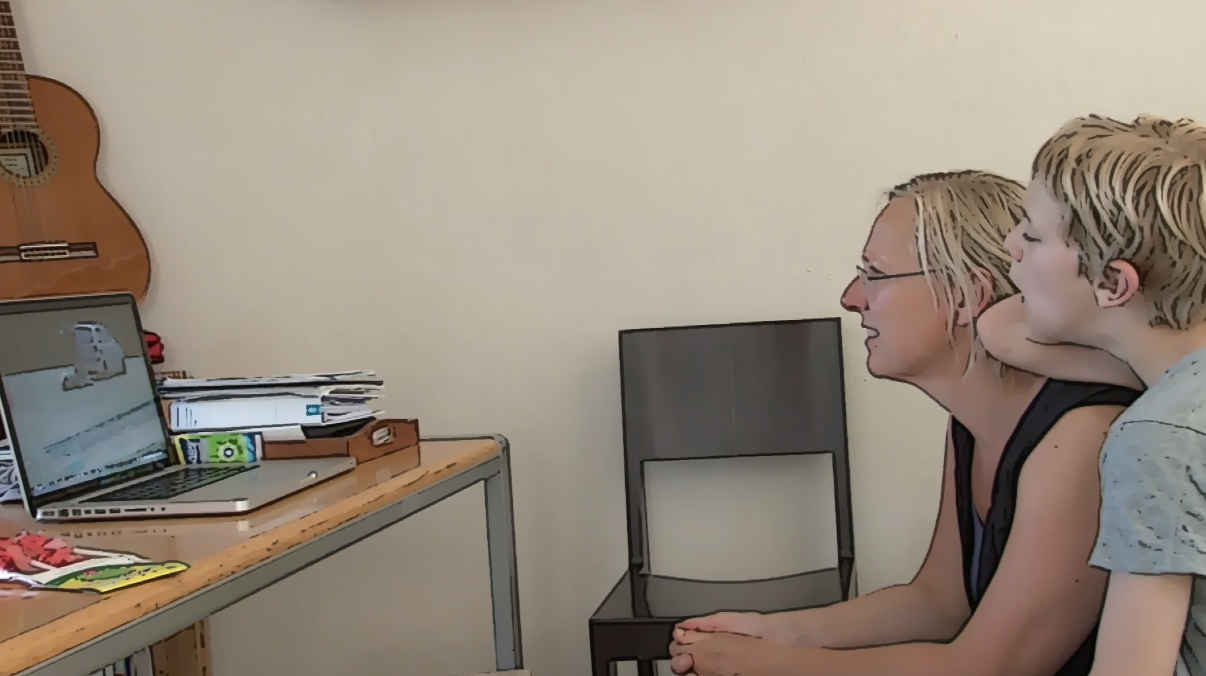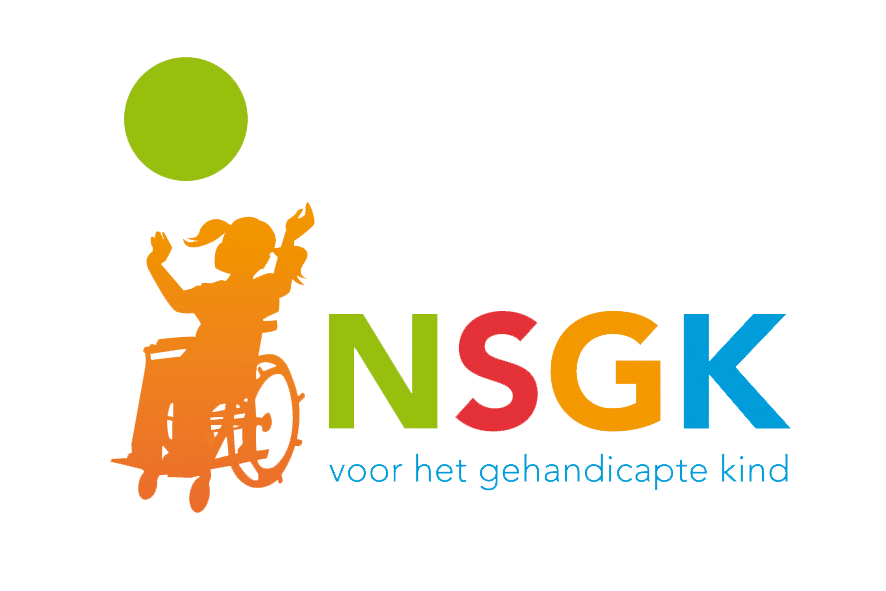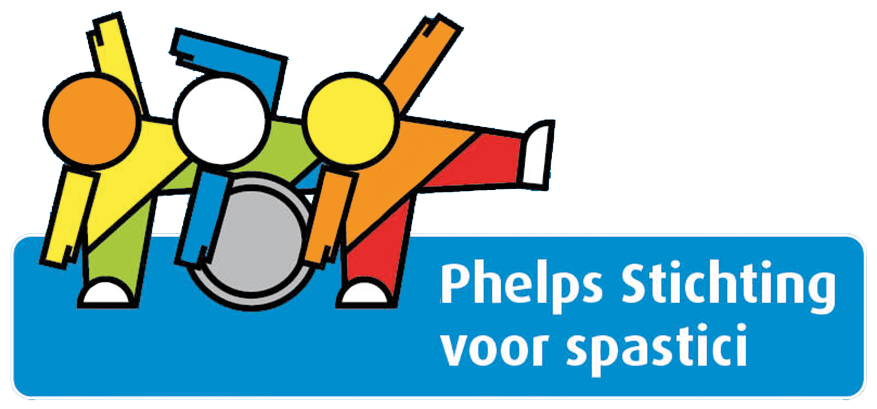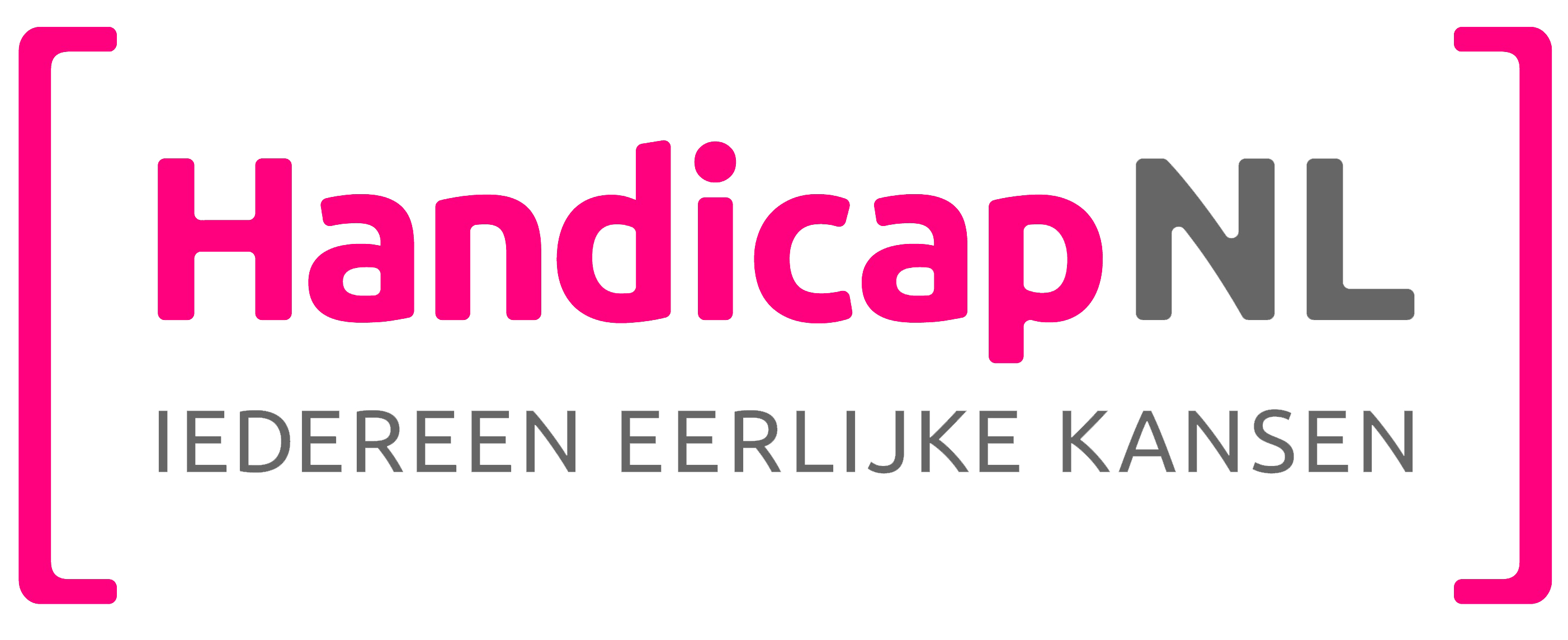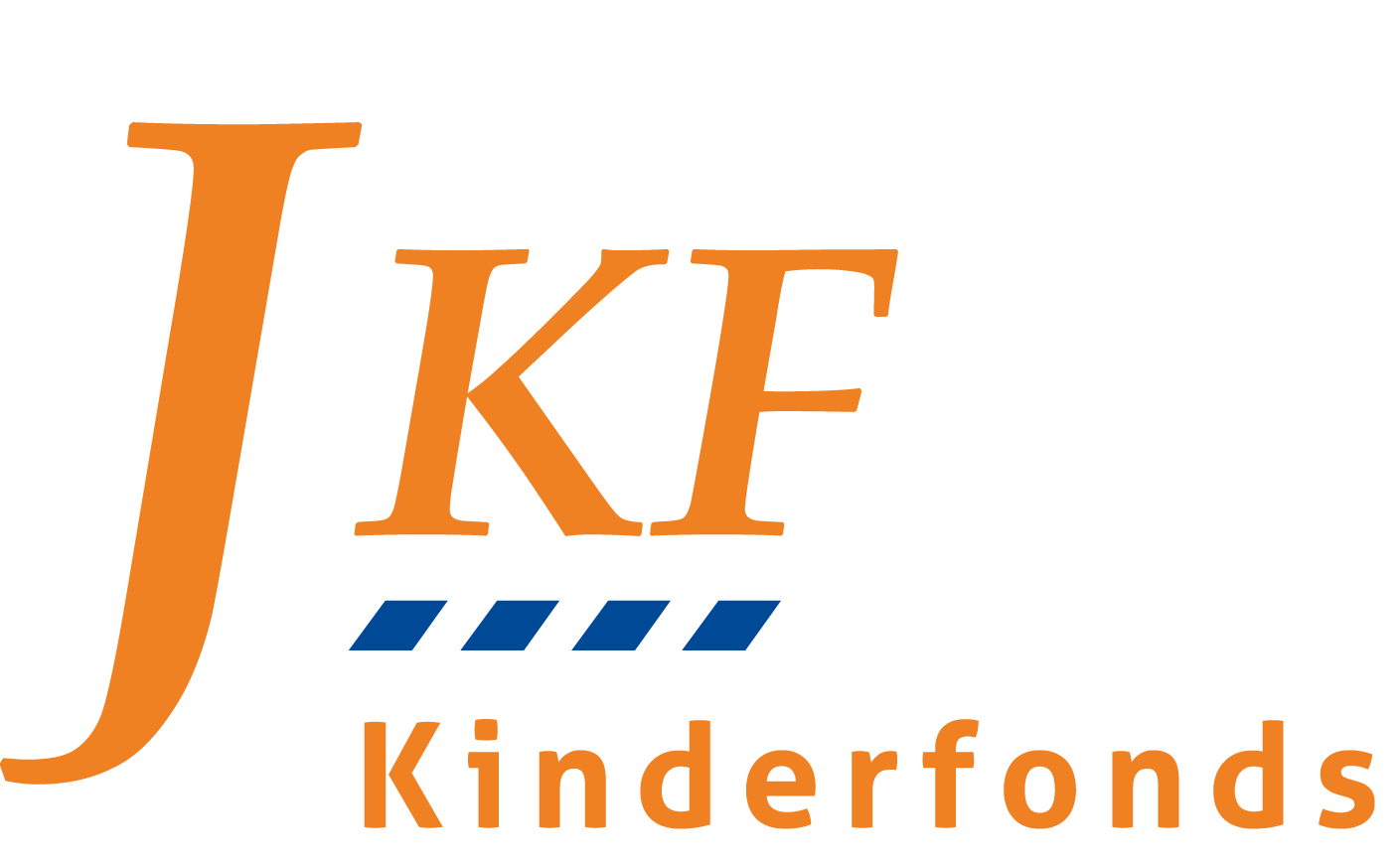Thesis Film as Observable Communication (FaOC)
Film as Observable Communication (FaOC) is a method developed for children and young people who do not or hardly speak due to various causes such as autism, illness, NAH, TOS, language problems due to a different mother tongue, certain and/or intellectual disabilities. The idea of FaOC is that the children and young people make their own films, a Personal Visual Stoygram (PVS). The children and young people therefore film and edit themselves, from their own perspective, but that is allowed with the help of others. They are the director of their movie, and more importantly the director of their story.
The self-made film, the PVS, is used as an audiovisual language in telling stories. Sharing stories, story sharing (Grove, 2013) is done together. The handy part of the FaOC method is telling the story with your own film as Observable Communication (OC).
The PVS provides a visual language and provides access to the visual story through which the communication partners can be presented to the conversation. The PVS is an accessible resource for all conversation partners. FaOC aims to provide children and young people who have difficulty or do not speak with a tool that they enjoy telling their stories and getting in touch with others. They are the director of their film and their story.
The FaOC method aims to improve daily spontaneous communication, contact with others (participation) and oral language skills. These three aspects are linked. The conversations can be studied, without and with the use of film as OC, aimed at the growth of the story, conversation structure (type/answers, information), and questions conversation repair (mutual understanding and the re-launch of a conversation in case of silence or misunderstanding). These aspects can be attributed to learning objectives of the continuous line of CED, oral language narration skills. We currently see that the target 1F reference level of the continuous language learning pathways, drawn up by the CED and SLO, is rarely achieved by young people with CCN. The FaOC model is based on the reciprocity and the dynamic nature of the relationship between participation, communication and oral language skills.
Telling at home without with FaOC
The developed FaOC teaching method “My Film, My Story” offers children and young people with CCN, their parents, teachers and speech therapists a practical method to support communication with participation at home and at school. The teaching method is in line with the learning lines, oral language skills and digital image learning, which aim to improve the communication skills of students in order to increase their self-reliance in society.
